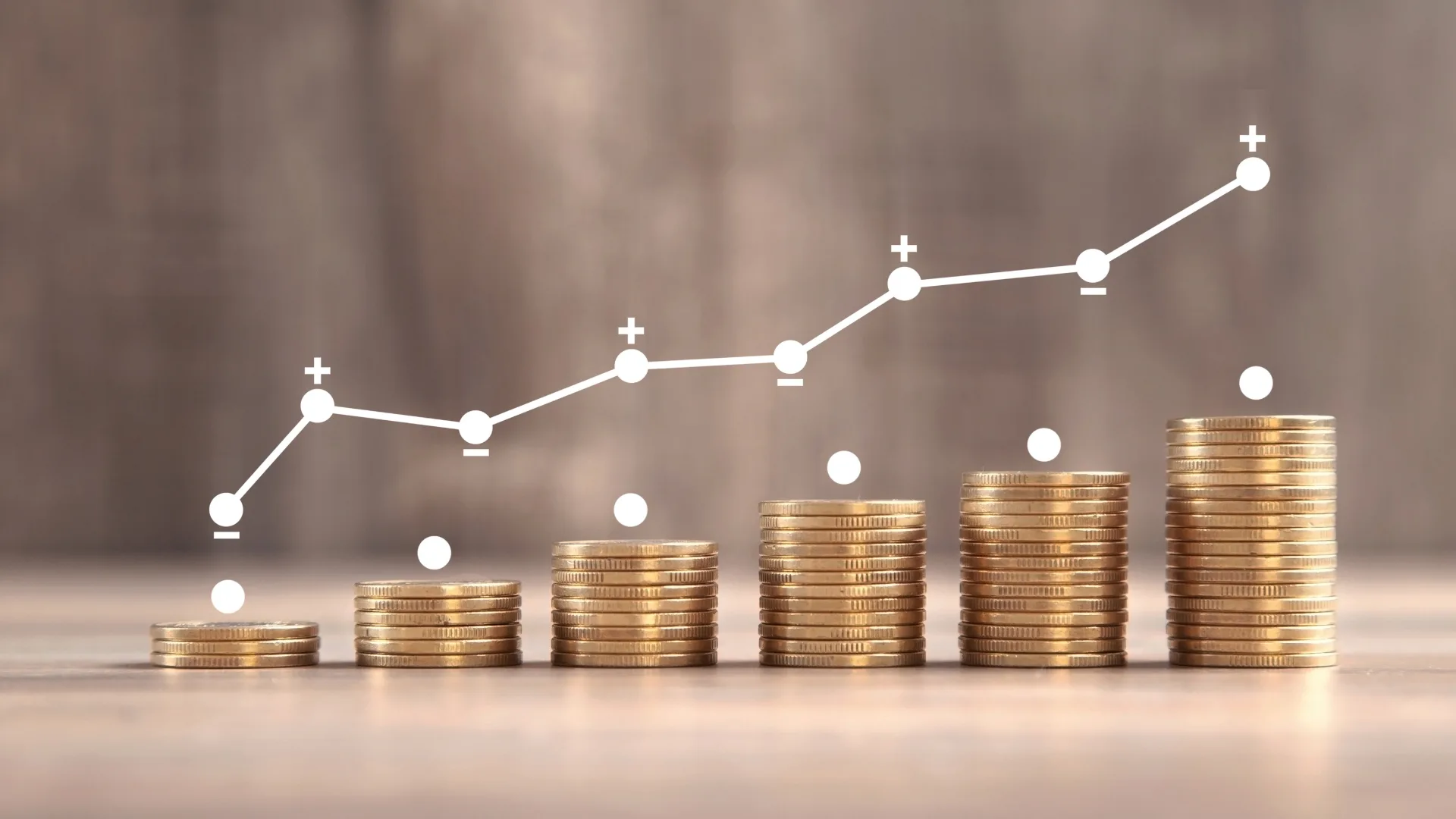Quantitative Trading and Investing: Quantitative trading and investing have revolutionized the financial markets over the past few decades. By leveraging mathematical models, statistical analysis, and computational algorithms, quantitative strategies offer a systematic approach to decision-making in trading and investing. This blog will delve into the world of quantitative trading and investing, exploring its principles, strategies, tools, and its growing influence on the global financial markets.
1. Introduction to Quantitative Trading and Investing
Quantitative trading and investing involve using mathematical models and algorithms to identify trading opportunities in the financial markets. Unlike traditional discretionary trading, where decisions are often based on intuition and experience, quantitative trading relies on data and statistical methods to make informed decisions.
1.1. The Evolution of Quantitative Trading
Quantitative trading has its roots in the academic world, where researchers began applying mathematical and statistical methods to financial markets in the mid-20th century. The introduction of computers and advanced software in the 1980s and 1990s allowed for more complex models and real-time data analysis, giving rise to the modern quantitative trading industry.
1.2. How Does Quantitative Trading Work?
Quantitative trading works by identifying patterns and relationships in market data, such as price movements, volume, and volatility. These patterns are then used to create trading models that can predict future market behavior. Once a model is developed, it can be backtested on historical data to evaluate its performance. If the model shows promise, it can be implemented in live trading, often through automated systems.
2. Key Concepts in Quantitative Trading and Investing
To understand quantitative trading, it’s essential to grasp some fundamental concepts that underpin this approach.
2.1. Alpha and Beta
- Alpha refers to the excess return on an investment relative to the return of a benchmark index. In quantitative trading, alpha is the measure of a strategy’s ability to outperform the market.
- Beta measures the volatility of an asset or portfolio relative to the market. A beta of 1 indicates that the asset’s price moves with the market, while a beta greater than 1 indicates higher volatility.
2.2. Risk and Return
Quantitative strategies are often designed to optimize the balance between risk and return. Risk management is a critical aspect of quantitative trading, involving techniques such as diversification, stop-loss orders, and risk parity to mitigate potential losses.
2.3. Market Efficiency
The Efficient Market Hypothesis (EMH) posits that asset prices fully reflect all available information, making it impossible to consistently achieve higher returns than the market. Quantitative traders often operate under the belief that markets are not perfectly efficient, allowing them to exploit inefficiencies.
3. Types of Quantitative Strategies
Quantitative trading and investing encompasses a wide range of strategies, each with its unique approach and methodology. Here are some of the most common types of quantitative strategies:
3.1. Statistical Arbitrage
Statistical arbitrage involves exploiting pricing inefficiencies between related financial instruments. These strategies often rely on mean-reversion models, which assume that the prices of related assets will converge over time.
- Example: A trader might identify two stocks that are historically correlated but have temporarily diverged in price. The strategy would involve buying the undervalued stock and shorting the overvalued one, profiting when their prices realign.
3.2. Momentum Trading
Momentum trading strategies capitalize on the tendency of assets to continue moving in the direction of recent price trends. These strategies are based on the idea that trends can persist for some time due to factors like investor behavior and market sentiment.
- Example: A momentum trader might buy a stock that has shown strong upward movement over the past three months, betting that the trend will continue.
3.3. High-Frequency Trading (HFT)
High-Frequency Trading (HFT) involves executing a large number of trades at extremely high speeds, often within milliseconds. HFT strategies typically exploit very short-term market inefficiencies and require significant computational power and low-latency infrastructure.
- Example: An HFT firm might use algorithms to detect and capitalize on small price discrepancies between different exchanges.
3.4. Quantitative Value Investing
Quantitative value investing combines traditional value investing principles with quantitative analysis. This approach involves using algorithms to identify undervalued stocks based on factors like price-to-earnings ratios, book value, and cash flow.
- Example: A quantitative value investor might create a model that screens for stocks trading at a significant discount to their intrinsic value, based on historical financial data.
3.5. Machine Learning and AI-Driven Strategies
In recent years, machine learning and artificial intelligence have become increasingly prevalent in quantitative trading and investing. These strategies use sophisticated algorithms that can learn from data, identify complex patterns, and adapt to changing market conditions.
- Example: A machine learning model might analyze vast amounts of data, including social media sentiment, news articles, and economic indicators, to predict market movements.
4. Tools and Technologies for Quantitative Trading and investing
Quantitative trading relies heavily on technology and specialized tools. Here are some of the key components:
4.1. Programming Languages
Programming languages like Python, R, and MATLAB are commonly used in quantitative trading and investing for data analysis, model development, and backtesting. Python, in particular, has become a favorite due to its versatility and extensive libraries for financial analysis.
4.2. Data Sources
Quantitative traders require access to high-quality data, including historical price data, real-time market data, and alternative data sources such as social media sentiment and economic indicators.
4.3. Trading Platforms
Automated trading platforms allow traders to execute strategies in real-time, often with minimal human intervention. These platforms include broker-provided systems as well as custom-built solutions tailored to specific strategies.
4.4. Backtesting and Simulation
Backtesting involves testing a trading strategy on historical data to assess its performance. Simulation tools allow traders to test how a strategy would perform under different market conditions, helping to refine and optimize the model.
5. Challenges and Risks in Quantitative Trading and investing
While quantitative trading offers significant advantages, it also comes with its own set of challenges and risks:
5.1. Model Risk
Model risk arises when the assumptions and limitations of a trading model lead to inaccurate predictions or unexpected losses. This can happen if the model is overfitted to historical data or fails to account for changes in market conditions.
5.2. Data Quality
The accuracy and reliability of data are crucial for quantitative trading and investing. Poor-quality data can lead to incorrect model outputs and trading decisions. Data cleaning and preprocessing are essential steps in the quantitative trading process.
5.3. Market Impact
Large orders, especially in high-frequency trading, can impact market prices, leading to slippage and reduced profitability. Quantitative traders must carefully manage the execution of trades to minimize market impact.
5.4. Regulatory and Compliance Risks
Quantitative trading is subject to strict regulatory oversight, especially in high-frequency trading. Firms must ensure compliance with regulations related to market manipulation, trading transparency, and data security.
6. The Future of Quantitative Trading and Investing
Quantitative trading is constantly evolving, driven by advancements in technology, data availability, and financial theory. Here are some trends shaping the future of quantitative trading:
6.1. Increased Use of Alternative Data
As traditional data sources become more commoditized, quantitative traders are increasingly turning to alternative data, such as satellite imagery, social media sentiment, and web traffic, to gain a competitive edge.
6.2. Integration of Artificial Intelligence
The integration of AI and machine learning in quantitative trading is expected to grow, allowing for more sophisticated models that can adapt to changing market conditions and learn from new data.
6.3. Democratization of Quantitative Trading
With the rise of low-cost trading platforms and access to powerful computing resources, quantitative trading is becoming more accessible to individual traders and smaller firms. This democratization is likely to lead to increased competition and innovation in the field.
6.4. Ethical and Social Considerations
As quantitative trading continues to shape global financial markets, ethical and social considerations are becoming increasingly important. Issues such as market fairness, data privacy, and the impact of automated trading on market stability are likely to be areas of focus in the coming years.
7. Conclusion
Quantitative trading and investing represent a paradigm shift in the financial markets, offering a systematic and data-driven approach to decision-making. While the field is complex and requires a deep understanding of mathematics, statistics, and technology, it offers significant potential for those who can master its principles.
As technology continues to advance and new data sources become available, the future of quantitative trading looks promising. However, traders must remain vigilant to the risks and challenges that come with this approach, ensuring that their models are robust, their data is accurate, and their strategies are aligned with regulatory and ethical standards.
Whether you’re a seasoned trader looking to incorporate quantitative methods into your strategy or a newcomer eager to explore this exciting field, quantitative trading and investing offer a wealth of opportunities to navigate and succeed in the financial markets.









